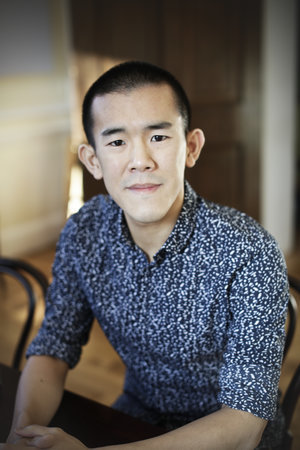
A grand tour through the hidden realms of animal senses that will transform the way you perceive the world—from the Pulitzer Prize-winning, New York Times bestselling author of I Contain Multitudes. The Earth teems with sights and textures, sounds and vibrations, smells and tastes, electric and magnetic fields. But every animal is enclosed within its own unique sensory bubble, perceiving but a tiny sliver of an immense world. This book welcomes us into a previously unfathomable dimension—the world as it is truly perceived by other animals. We encounter beetles that are drawn to fires, turtles that can track the Earth's magnetic fields, fish that fill rivers with electrical messages, and humans that wield sonar like bats. We discover that a crocodile's scaly face is as sensitive as a lover's fingertips, that the eyes of a giant squid evolved to see sparkling whales, that plants thrum with the inaudible songs of courting bugs, and that even simple scallops have complex vision. We learn what bees see in flowers, what songbirds hear in their tunes, and what dogs smell on the street. We listen to stories of pivotal discoveries in the field, while looking ahead at the many mysteries which lie unsolved. In An Immense World, author and acclaimed science journalist Ed Yong coaxes us beyond the confines of our own senses, allowing us to perceive the skeins of scent, waves of electromagnetism, and pulses of pressure that surround us. Because in order to understand our world we don't need to travel to other places; we need to see through other eyes.
Author

Ed Yong is a science journalist who reports for The Atlantic, and is based in Washington DC. His work appears several times a week on The Atlantic's website, and has also featured in National Geographic, the New Yorker, Wired, Nature, New Scientist, Scientific American, and many more. He has won a variety of awards, including the Michael E. DeBakey Journalism Award for biomedical reporting in 2016, the Byron H. Waksman Award for Excellence in the Public Communication of Life Sciences in 2016, and the National Academies Keck Science Communication Award in 2010 for his old blog Not Exactly Rocket Science. He regularly does talks and radio interviews; his TED talk on mind-controlling parasites has been watched by over 1.5 million people. I Contain Multitudes, his first book, looks at the amazing partnerships between animals and microbes. Published in 2016, it became a New York Times bestseller, and was listed in best-of-2016 lists by the NYT, NPR, the Economist, the Guardian, and several others. Bill Gates called it "science journalism at its finest", and Jeopardy! turned it into a clue. Ed cares deeply about accurate and nuanced reporting, clear and vivid storytelling, and social equality. He writes about everything that is or was once alive, from the quirky world of animal behaviour to the equally quirky lives of scientists, from the microbes that secretly rule the world to the species that are blinking out of it, from the people who are working to make science more reliable to those who are using it to craft policies. His stories span 3.7 billion years, from the origin of life itself to this month's developments in Congress. He makes terrible puns and regrets none of them. He has a Chatham Island black robin named after him.